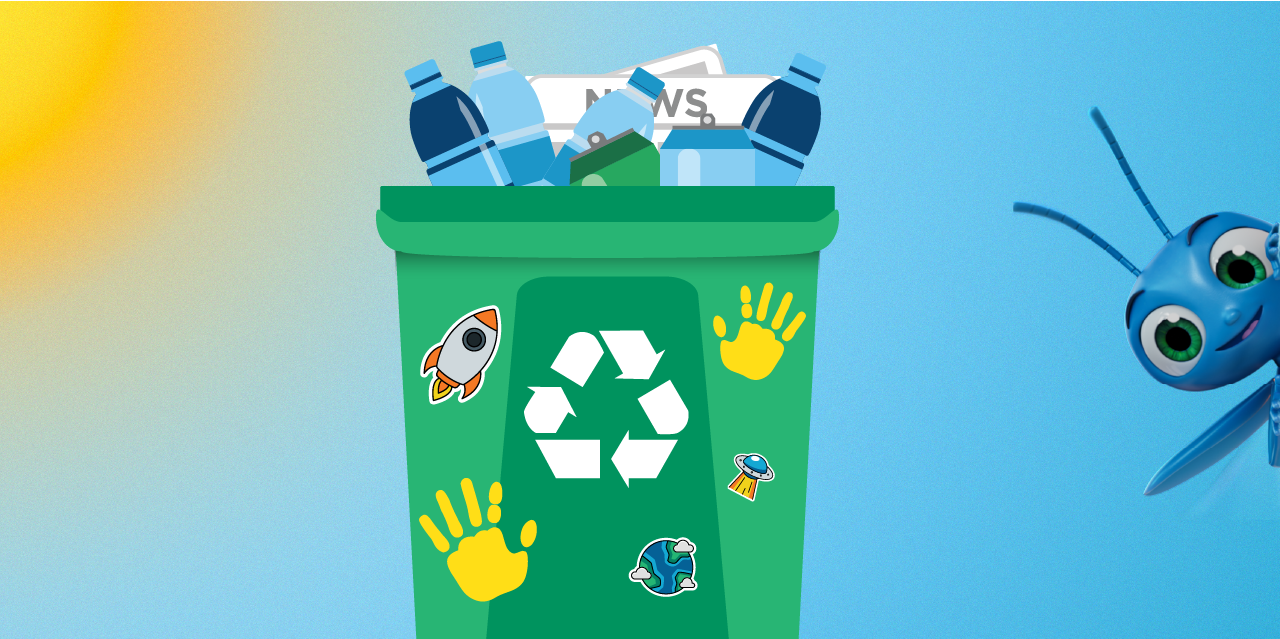Green Mountain Energy® Blog
How to Calculate Your Carbon Footprint



When you buy carbon offsets, your goal is to offset the part of your carbon footprint that you can’t avoid. But how do you know that you’re buying enough offsets to be carbon neutral? To answer that question, you’ll need to calculate your carbon footprint.
As you're getting a handle on these calculations, start researching further actions you can take. Begin browsing verified offset programs and exploring renewable energy plans fromproviders like Green Mountain Energy. Every step matters—and your climate-conscious journey starts now.
Understand your life's carbon emissions.
Your carbon footprint is the sum total of greenhouse gas emissions that are generated from your life. These emissions can come from direct sources, such as vehicle emissions from your commute, but they can also come from indirect sources, such as the growing, harvesting and shipment of the food you eat every day, or from the amount of trash your home sends to a landfill.
With so many factors going into your carbon footprint, measuring its exact amount from day to day is nearly impossible. However, just like your car’s manufacturer gives you its gas mileage in a range of miles per gallon, you can make some basic estimates about your car’s carbon emissions per mile.
You can make these estimates for everything else in your life, too. For example, if you’re a family of five living in a single-family home, you’ll have more emissions from food consumption on average than a single person who lives in an apartment. Or if your job requires you to travel by plane once a month, you might have a bigger carbon footprint than someone who works from home.
How to calculate and offset your carbon footprint
Living a low-carbon lifestyle starts with understanding your environmental impact. Carbon offsets make it possible to take responsibility for unavoidable emissions while working toward a more sustainable future.
Identify your major emission sources.
To start, pinpoint the activities that contribute most to your carbon footprint:
- Transportation: Consider miles driven, fuel type and any flights taken.
- Electricity and heating usage: Evaluate your monthly bills and energy sources.
- Diet: Meat and dairy-heavy diets produce more greenhouse gases.
- Waste and online shopping: Packaging, shipping and landfill waste add up.
Each of these categories plays a role, even if the emissions aren’t always obvious.
Estimate your total emissions.
Use an online carbon calculator to approximate your yearly footprint:
- Tools like the EPA's Household Carbon Footprint Calculator, the CoolClimate calculator at UC Berkeley or Green Mountain Energy's Personal Carbon Emissions Calculator provide useful estimates.
- Most calculators report your annual output in metric tons of CO₂e (carbon dioxide equivalent), making it easy to track.
Determine how many offsets you need.
One carbon offset represents one metric ton of CO₂e avoided or removed from the atmosphere. Match your annual footprint with the number of offsets you purchase to neutralize your impact.
For example, if your estimated emissions are 14 metric tons per year, buying 14 offsets could make your lifestyle carbon neutral.
Choose certified offsets.
Not all offsets are created equal. Look for verified carbon credits from reputable programs such as:
- Gold Standard
- Verified Carbon Standard (VCS)
These certifications ensure your money funds effective and credible climate projects.
What's the average carbon footprint?
Understanding national and global averages can help you benchmark your emissions:
- In the U.S., the average person emits about 16 metric tons of CO₂e annually.
- Globally, the average is closer to 4 metric tons per person.
For further emissions info, you can look at common producers from the world of transportation.
- Driving 10,000 miles per year produces an estimated 4.5 tons of CO2.
- Taking one domestic roundtrip flight in the U.S. can produce between one and two tons of CO2.
Have you ever wondered exactly how big your carbon footprint is? It’s a hard thing to calculate exactly, but it's possible to get a fairly close estimate of greenhouse gas emissions associated with certain actions. You probably know about the two biggest polluters in our daily lives: driving a gas-powered car and powering your home with electricity that’s sourced from fossil fuels and coal. But there are many more everyday activities that leave carbon footprints in their wake.
Take grocery shopping, for example. There’s the planting, growing and harvesting of fruits and vegetables, plus raising and feeding animals for meat, eggs and dairy products. All of these foods undergo some form of processing to ensure their safety, then are packaged up and shipped to your local grocery store. If they’re turned into other things, like cookie dough or condiments or soda syrups, there’s even more processing and packaging before they hit the shelves. Each one of these steps comes with some amount of emissions in the form of greenhouse gases like carbon dioxide and methane.
That’s just groceries. When you add up the emissions that occur in every part of the average day, you quickly come to understand how much of life, directly or indirectly, leaves a footprint.
So what to do with this information? If nearly everything comes with a cost in greenhouse gas emissions, how is it possible to mitigate the effects of climate change and achieve a sustainable future? How does a person offset carbon footprint emissions?
For direct emissions, there are everyday things that you can do that you’ve likely heard of (and hopefully practiced) before. Power your home with renewable energy. Purchase an electric vehicle or only drive when necessary. Reduce your electricity usage and your waste output and commit to recycling. For those indirect emissions associated with necessities like grocery shopping, there’s carbon offsets.
Below are a couple of common emissions producers from the world of transportation.
- Driving 10,000 miles per year produces an estimated 4.5 tons of CO2.
- Taking one domestic roundtrip flight in the U.S. can produce between one and two tons of CO2.
Seeing the impact of routine activities helps highlight where offsets can make a meaningful difference.
How carbon offsets reduce your carbon footprint
Just as it's possible to measure greenhouse gas emissions from everyday life activities, it's possible to measure greenhouse gases prevented or recaptured by carbon-reduction programs such as reforestation or agricultural soil management. In fact, it's possible to measure and bundle these greenhouse gas reductions into certified carbon credits. That’s what you’re buying when you purchase carbon offsets.
The goal of carbon offsets is to compensate for unavoidable emissions by making sure emissions are removed from the atmosphere elsewhere. When a home or business is able to offset 100% of its carbon emissions it's referred to as carbon neutral, which means they have net-zero carbon emissions.
To put it plainly: When you buy enough carbon offsets to be carbon neutral, you ensure there’s as much CO2 being removed from the air — or prevented from entering the air — as you’re putting into it.
How often should you buy carbon offsets?
Offset purchases can align with your lifestyle in different ways:
- Annually: Cover your total yearly footprint in one go. Perfect for tax season or New Year’s goals.
- Per activity: Buy offsets each time you fly, host an event or take a long road trip.
- Monthly: Subscription plans can automate offsetting for convenience and consistency.
For example, you might start by offsetting a summer vacation flight, then transition to a monthly plan that addresses home energy use. Building the habit over time makes it sustainable and scalable.
Forming a carbon-neutrality game plan
Carbon neutrality isn’t something reserved for sustainability experts. It’s within reach for anyone willing to make thoughtful choices. With a combination of small behavior changes and offset purchases, you can make real progress without expecting perfection.
Find a renewable energy plan that helps your home go green.
Enter your ZIP code to get started.
Our customers have avoided
pounds of CO2
That’s like planting
new trees.








